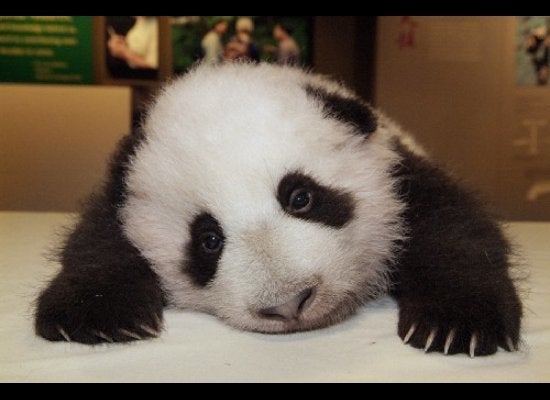Ever wondered what our prehistoric ancestors sounded like when they "talked" to each other? Scientists say it might have sounded a bit like the gurgling and screeching produced by the lip-smacking monkeys in the video above.
The monkeys are rare baboon-like animals known as geladas. The sounds they produce -- known formally as "wobbles" -- are far more complex than the one- or two-syllable utterances produced by other nonhuman primates.
Researchers got the idea to look into these wobbles when they noticed how humanlike the sounds are. "I would find myself frequently looking over my shoulder to see who was talking to me, but it was just the geladas," Dr. Thore Bergman, professor of ecology and evolutionary biology at the University of Michigan, said in a written statement released by the university.
A team led by Dr. Bergman analyzed gelada wobbles and found that they rise and fall in volume six to nine times per second (hertz). That's remarkably close to the three-to-eight-Hz seen in human speech no matter what language is being spoken.
And what of the lip smacking? Scientists say primates do that intentionally to boost social bonds with their mates, offspring, and other members of their groups. Since the geladas are vocalizing at the same time that they do this, they may really be maintaining their relatively complex social structure with some primitive "small talk."
Lip-smacking has been suggested as an evolutionary precursor to human speech, but Dr. Bergman is the first to have shown primates making complex vocalizations while lip-smacking. As he put it in an email to The Huffington Post, “It’s exciting because it’s a kind of a 'missing link' between lip-smacking and speech.”
Bergman's findings were published in the April 8 edition of Current Biology.
WATCH:
